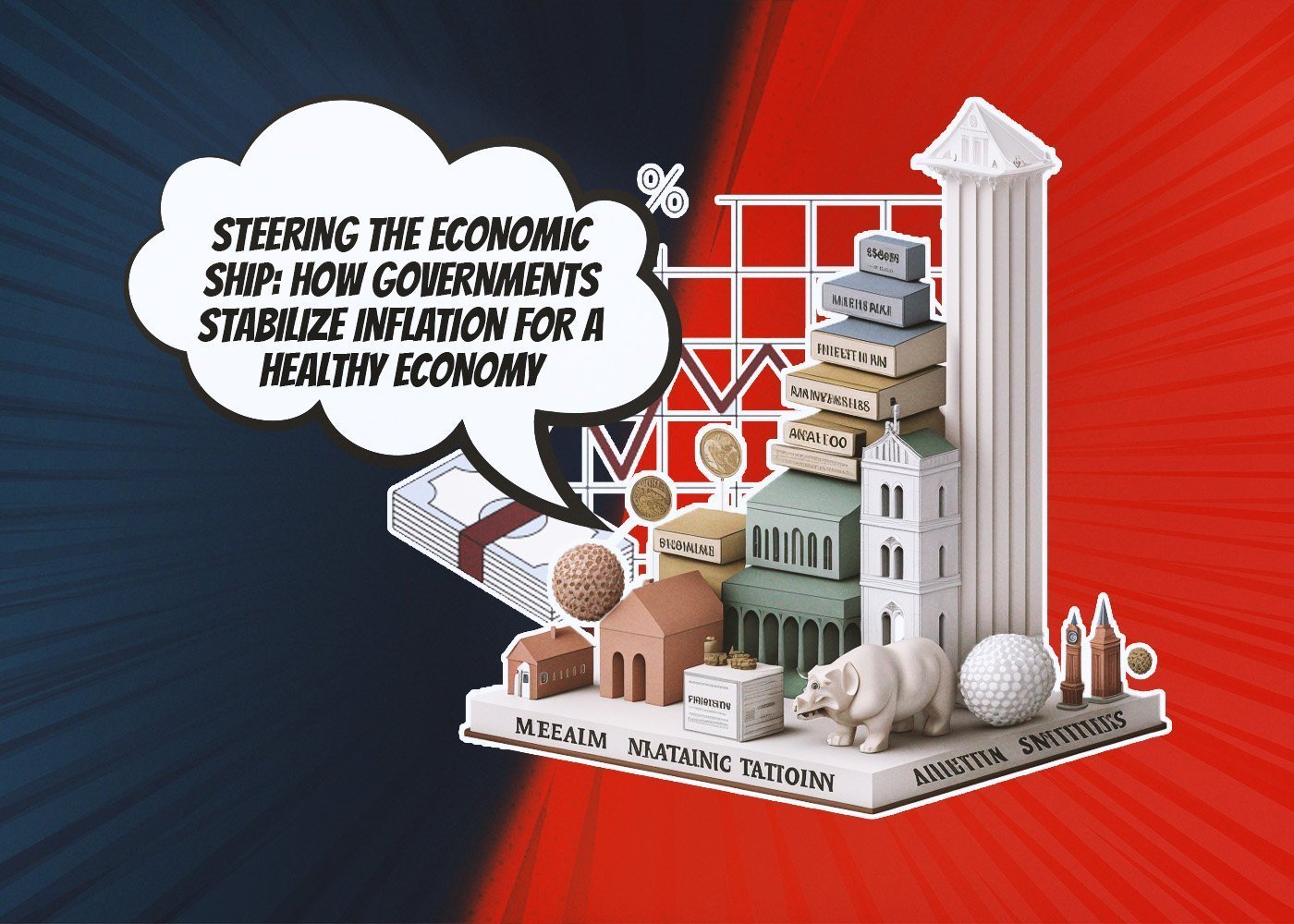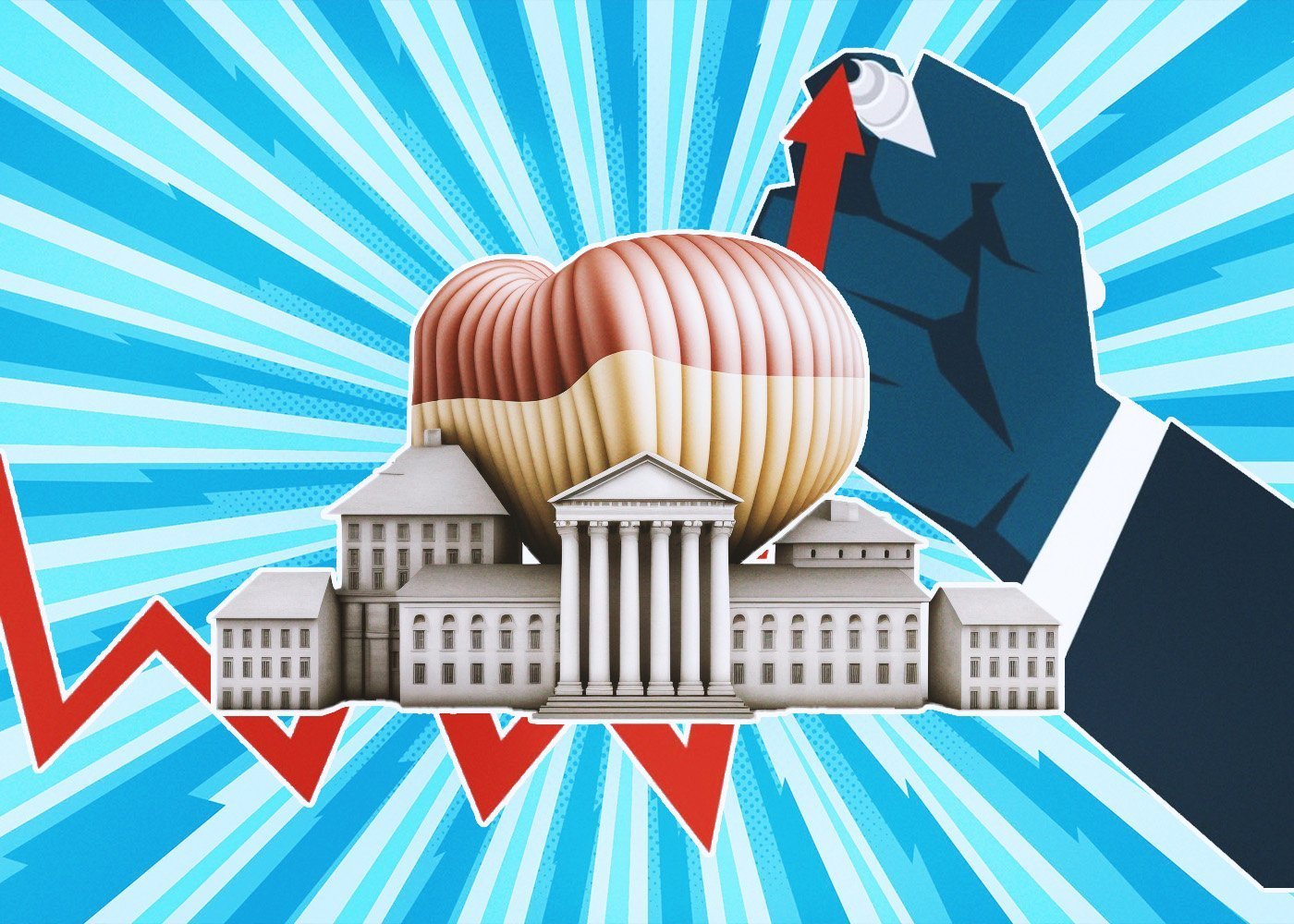Inflation, a sustained increase in the general price level of goods and services, has significant consequences on the economy. Governments and central banks play a vital role in maintaining price stability by implementing appropriate policies to keep inflation in check. In this article, we will delve into the tools and strategies employed by governments to stabilize inflation and foster a healthy economic environment.
Understanding Inflation: The Basics
Before exploring how governments stabilize inflation, it’s essential to understand its causes, types, and effects. Inflation can be driven by factors such as increased demand for goods and services, rising production costs, or an increase in the money supply. Understanding these underlying factors helps policymakers design effective strategies to control inflation.
The Central Bank’s Role: Monetary Policy
Central banks play a crucial role in maintaining price stability by implementing monetary policy. They use various tools to influence the money supply and interest rates, such as:
Open market operations
Central banks buy or sell government bonds to either inject or withdraw money from the economy, impacting the money supply and interest rates.
Discount rate
By adjusting the interest rate at which commercial banks can borrow from the central bank, they influence the overall cost of borrowing.
Reserve requirements
By setting the amount of funds banks must hold in reserve, central banks control the amount of money banks can lend, affecting the money supply.
Fiscal Policy: The Government’s Balancing Act
Governments can also influence inflation through fiscal policy, which involves decisions on government spending and taxation. By adjusting these levers, they can affect aggregate demand and the overall price level:
Expansionary fiscal policy
During economic downturns, governments may increase spending or cut taxes to stimulate demand and curb deflationary pressures.
Contractionary fiscal policy
In times of high inflation, governments may reduce spending or raise taxes to lower aggregate demand and rein in inflation.
The Art of Inflation Targeting
Inflation targeting is a monetary policy strategy used by central banks to keep inflation within a specific range. It involves setting an explicit inflation target, often around 2%, and adjusting interest rates to achieve that target. This strategy enhances transparency and accountability, helping to anchor inflation expectations and maintain price stability.
The Delicate Balance: The Costs of Fighting Inflation
While stabilizing inflation is essential for economic growth, it’s crucial to recognize that policy interventions can have unintended consequences. For example, tightening monetary policy to combat inflation can slow economic growth and increase unemployment. Policymakers must strike a delicate balance between maintaining price stability and promoting growth.
Governments and central banks play a critical role in stabilizing inflation through the use of monetary and fiscal policies. By maintaining price stability, they create a conducive environment for sustainable economic growth, benefiting both businesses and consumers. Understanding these strategies and their potential trade-offs is key to appreciating the complexities of managing a modern economy.






























































































![BitTorrent [New]](https://s2.coinmarketcap.com/static/img/coins/64x64/16086.png)















